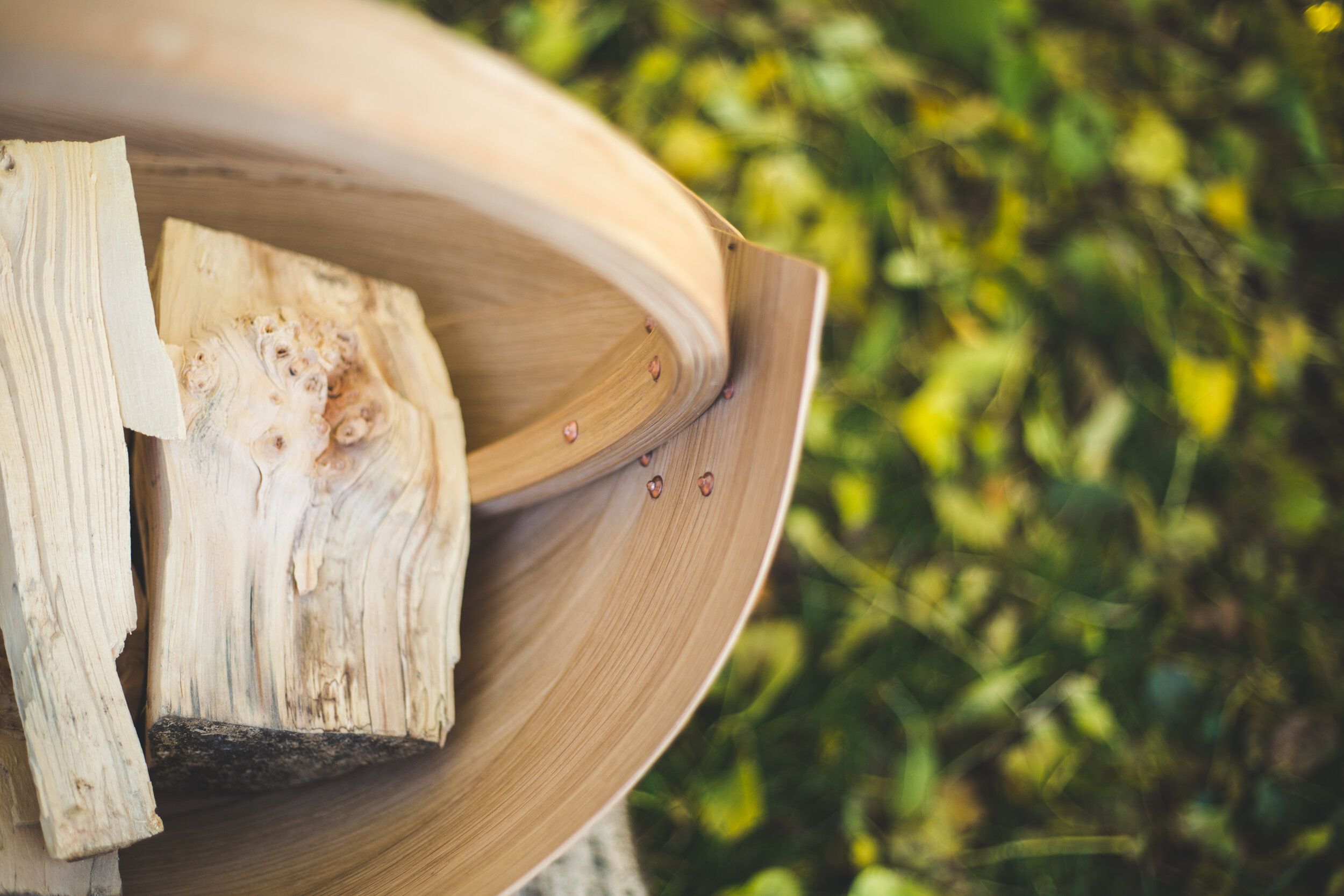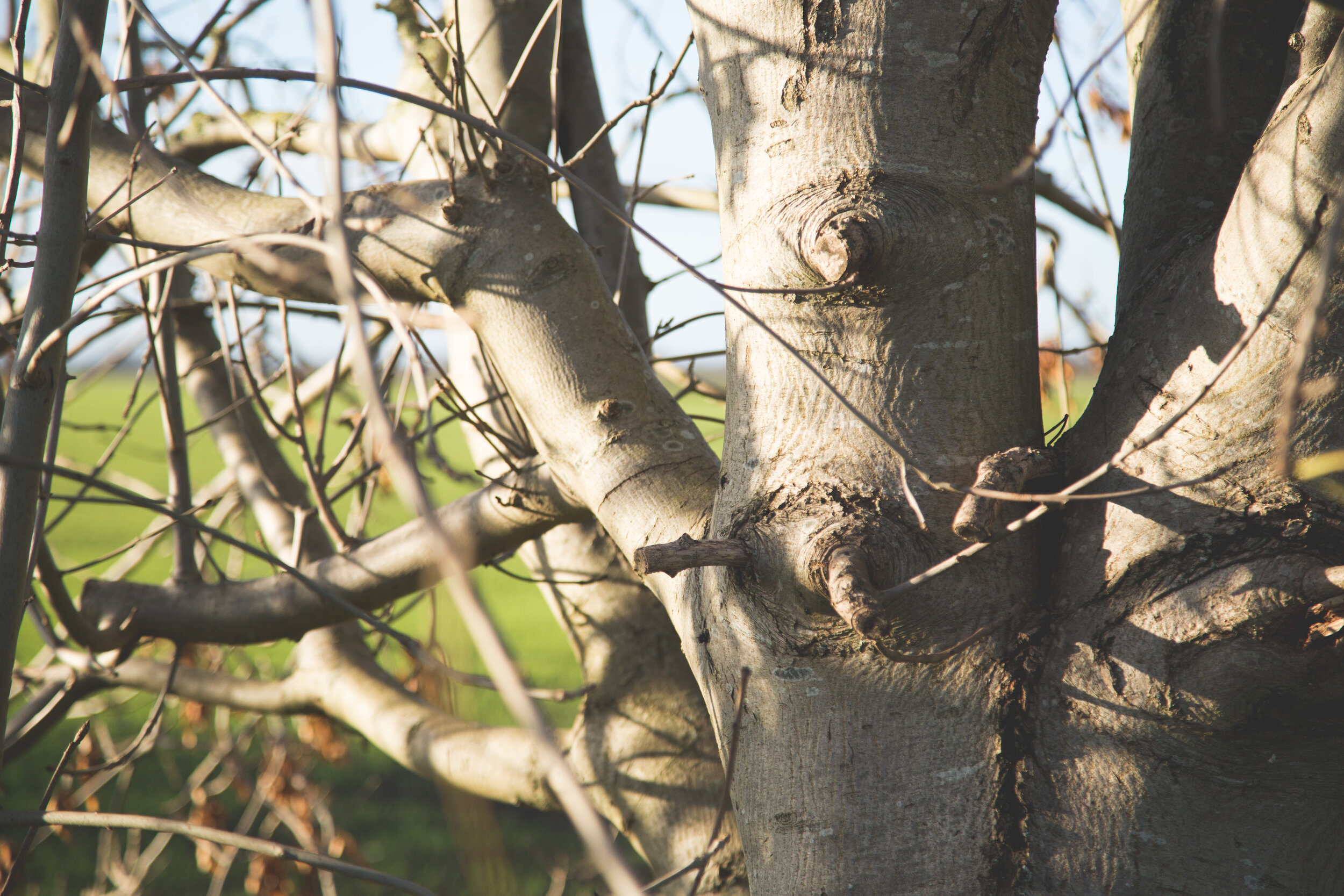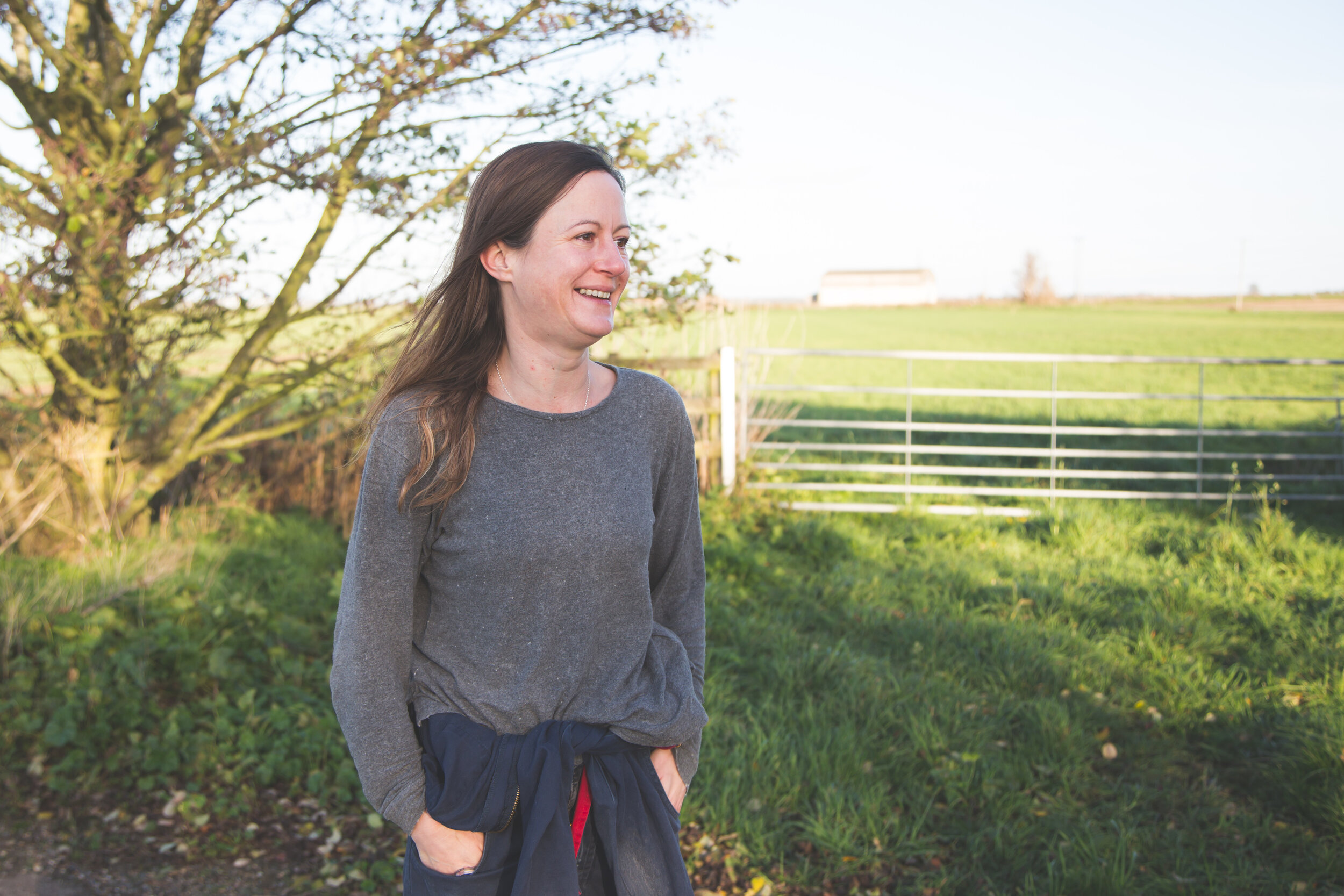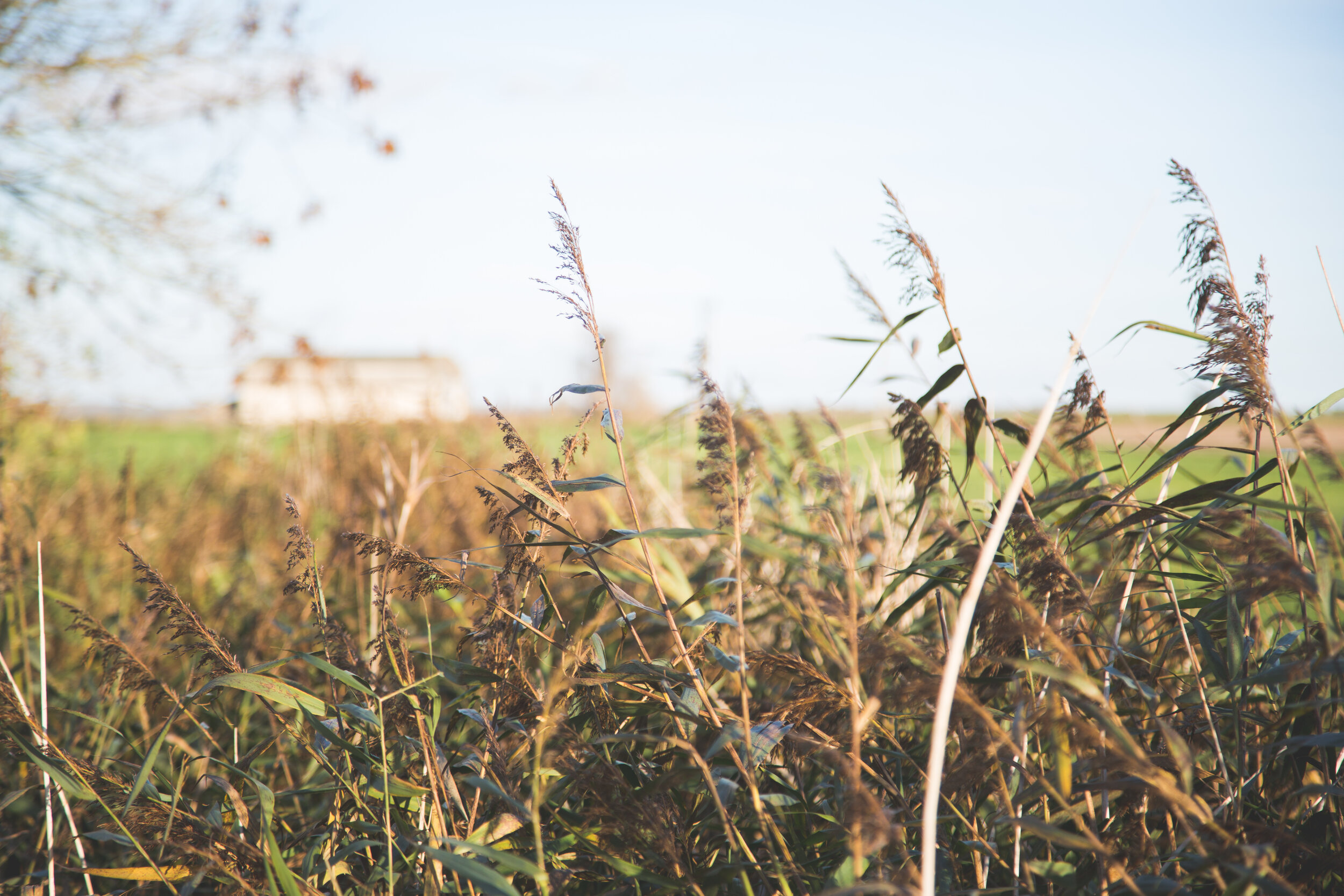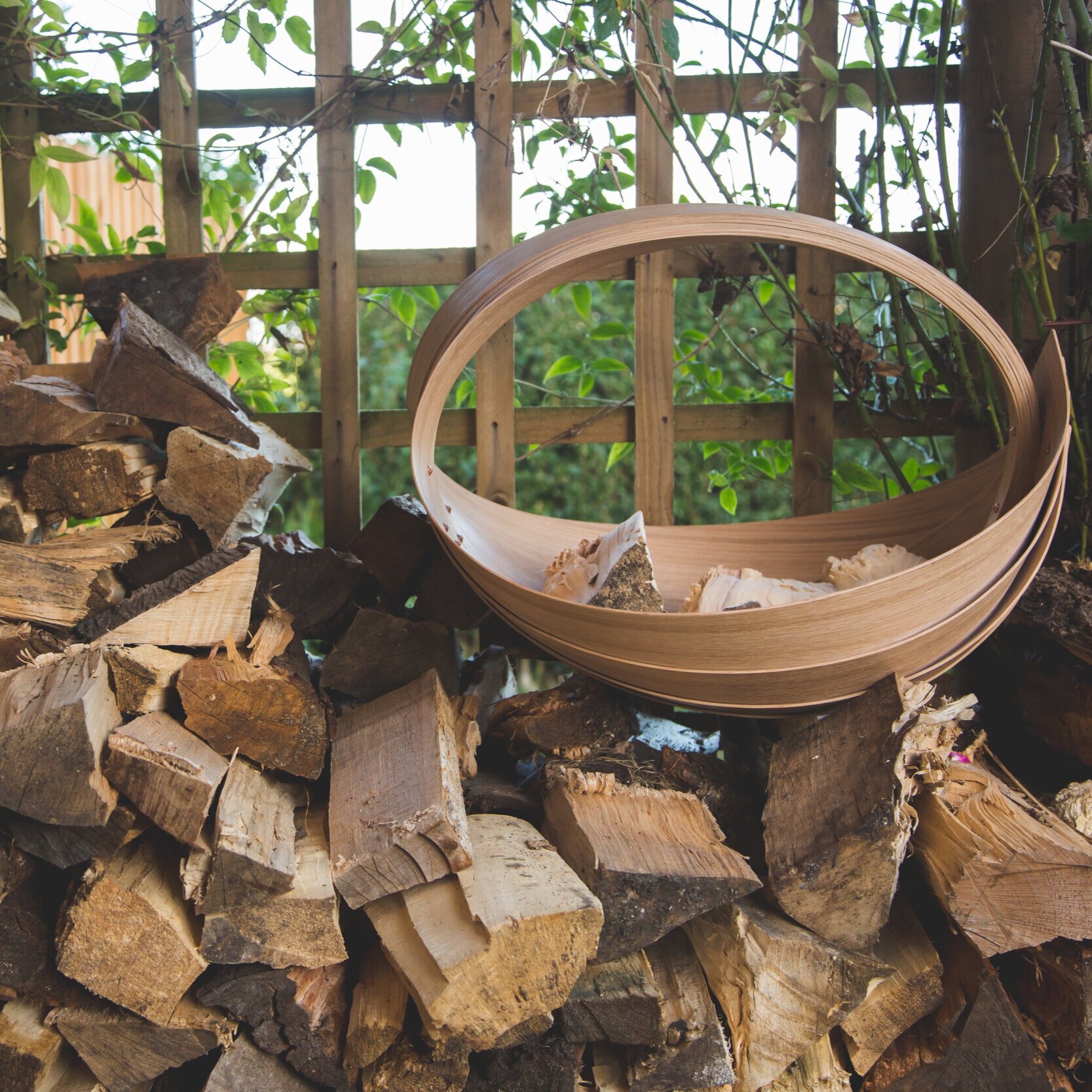Jane & Hale Fen
“After you live with something for a while it becomes about how your eye moves around it, how it reveals itself to you over time.” – Jane Crisp
Furniture maker and homeware designer Jane Crisp fuses traditional artisan techniques with the poetics of the natural world, creating contemporary handcrafted objects with a holistic relationship to their origins.
From her rural workshop in England’s remote Fenlands, Crisp’s practice centres on trug making, elevating the trug’s minimalist aesthetic into a refined object steeped in the mythologies of her native East Anglian Fen country, where trugs have been made by Fenmen and women for generations.
Traditionally made from hazel or willow and used for foraging, gardening, and carrying goods intended for trade in neighbouring gardens or at local markets, the trug has long lent itself to the customary exchange of goods. This notion of the trug as a vessel for the community appeals to Crisp, who keenly perceives the worth in things beyond their monetary value. With a preference for using varieties of wood that are normally overlooked, such as Ash and Tulip, the designer is intent on shining a light on the underrated and the passed over, reacquainting us with the precious qualities inherent in simple and humble offerings.
Inspired by low impact living, Crisp also favours the re-purposing of natural materials. Her homeware and furniture making process might involve rescuing discarded cuts of Elm, recycling and dying blankets for felting her handmade stools, or sourcing green timber from the Forestry Commission for desk making, as well as for her ubiquitous trugs. “Green timber has amazing qualities for steam bending,” she observes. “Really bendy, really strong, really shock-resistant.” Further enhancing the sustainability of her trug designs with their signature triangular repetitions, Crisp highlights how “working in triangle shapes means that when I mark out the timber, there’s hardly any waste.” This ‘salt above gold’ working philosophy affords Crisp a deep resonance with her working materials, prizing each raw remnant and resource as much as the resultant flowing cohesion of form she creates from them.
Time-honoured local boat building techniques are referenced throughout Crisp’s sculptural trug pieces, including the use of traditional copper nails and roves and a ‘clinker’ hull-like formation of overlapping ribs of wood. When viewed en masse the trugs bring to mind a fleet of ships, each vessel rocking gently in the breeze, strong yet light. Working to achieve the perfect balance and tension imbued in each piece, Crisp employs hand-operated machinery to steam bend the wood in her workshop. “When I started out I had no machines, no equipment. It was very low tech. It still is.”
It is Crisp’s profound and abiding connection to the great flooded plains and big skies of her Fenland surroundings that enables her to interpret the language of the natural
world so fluently and render it her own. Taking a daily pilgrimage by herself across the Fens’ quiet waterways, Crisp’s work never fails to be reflected back at her. “Going out on my canoe every day, getting obsessed with the triangular shapes of seagrass and how they twist and bend in the wind, or looking at the reeds in the riverbank and the bulrushes that line the dykes and fields; their elegance. Or when I’m looking at the grass in the morning, just as the sun hits it. It’s so green its almost glowing and the soil is so black. Nature’s energy raises my vibration and that’s when my ideas come.”
With a further nod to Nature’s shapes, patterns and vibrational frequencies, Crisp’s pieces lean toward a consciousness of fourth dimensional space, reaching in all directions and across all timeframes at once. “My trugs stack together like Russian dolls, in five different sizes that sit one inside another. When you stack them together, their lines echo and repeat and get smaller, like a tree where each branch gets smaller and smaller.” Typifying the essence and purest endpoint of Crisp’s trug designs is ‘the way they sit within space and time, poised and confident. In their vertiginous spiralling lines, we see the trajectories of past and present intersecting.’ (Glenn Adamson, The Gallery at Stone Barns in collaboration with Object & Thing, March 31-May 9, 2021)
A masterful harnessing of movement and flow, tempered by an uncommon sensitivity and lightness of touch, lies at the heart of Crisp’s work. “My aim is to craft pieces that embody the language of nature. It always comes back to the natural materials I’m working with. Every time, it’s a conversation. That’s what being a good craftsperson is; developing your own methodologies of how to read a material, letting it speak to you. Then you know how to adapt yourself to it, so you can get it to do what you want it to do.”

